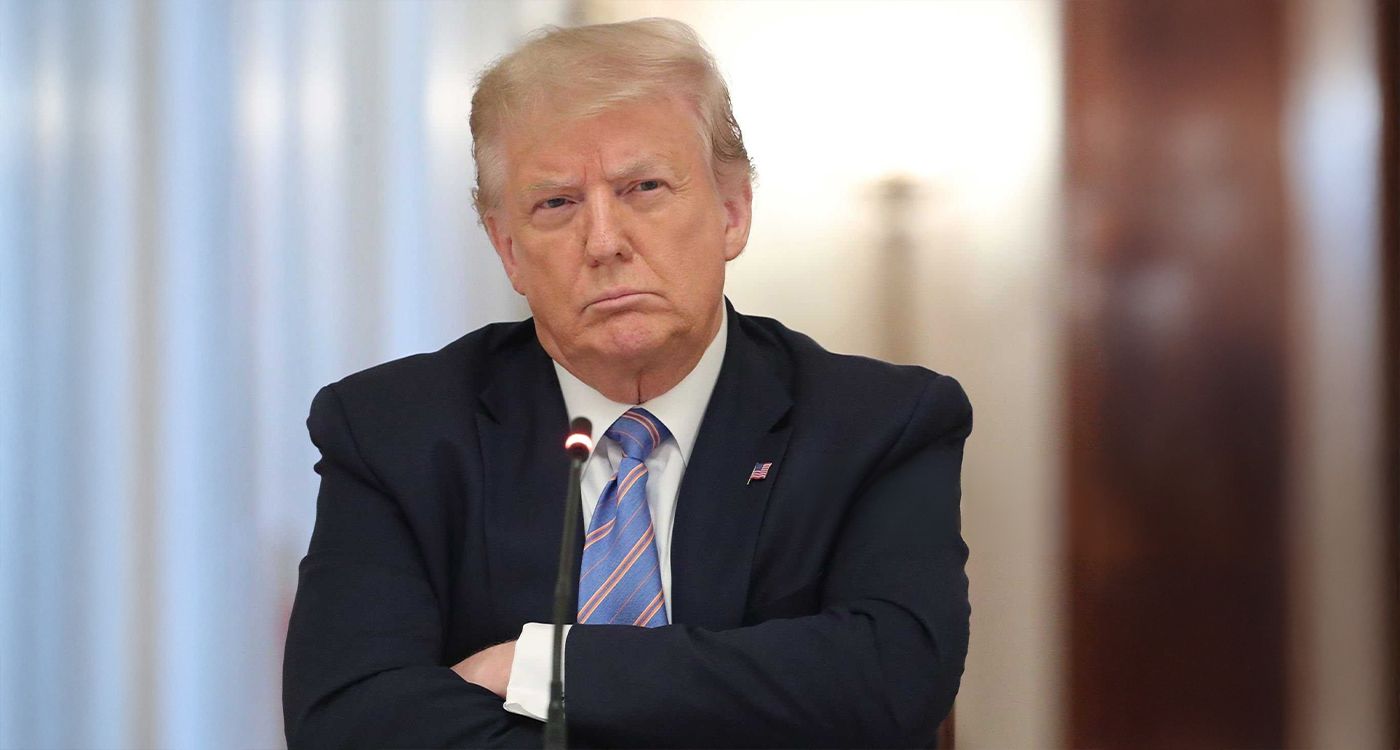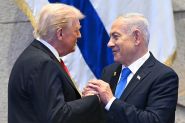- Home
- Middle East
- Decoding Trump's Second Term

©This is Beirut
When Donald Trump first suggested buying Greenland in 2019, the world laughed. But what if it wasn’t a joke? What if Greenland was about missile defense, not real estate? What if Trump’s renewed focus on controlling the Panama Canal wasn't just about trade, but about blocking China’s expanding influence? And what if his second term proves to be a more calculated, ambitious and geopolitically aggressive extension of his first?
One of Trump’s greatest strengths is his ability to control the narrative. But he doesn’t do it by carefully managing each story, he does it by overwhelming the media with too many stories to track at once. Steve Bannon once described it as “flooding the zone with muzzle velocity” to use chaos as a political weapon.
One of Trump’s most effective tactics is flooding the zone. This term is used to describe how his administration releases so many policy changes, executive orders and controversies at once that the media and public cannot focus on any single one for too long. One day, he’s talking about acquiring Greenland. Next, he suggests the US should control the Panama Canal. Then, he creates the Department of Government Efficiency (DOGE) with Elon Musk.
Meanwhile, new trade tariffs, military realignments, controversial immigration policies and the Gaza control deal are all unfolding simultaneously.
The result? The news cycle becomes a blur of stories, making it hard for critics to mount sustained opposition to any single issue. This forces journalists and analysts into reaction mode, preventing them from setting the agenda.
Trump doesn’t care if a decision is praised or criticized as long as people are talking about it. He believes that controlling the conversation means controlling the power dynamic.
Back in 2019, Trump’s idea of buying Greenland was ridiculed. But today, it’s clear that he saw what others didn’t: Greenland is a perfect location for an American missile defense system. With China expanding its military capabilities, Greenland offers a prime interception point for ICBMs.
Securing US military access to Greenland strengthens America’s position in the Arctic, countering both China and Russia. Even though he couldn’t buy Greenland, Trump’s administration has been increasing its influence through military investments. His tactic? Start with an extreme position (buying Greenland), let the media dismiss it, then settle for something more realistic (military bases), which suddenly seems reasonable in comparison. Trump has also set his sights on the Panama Canal, another global choke point. China has been expanding its presence in Panama, investing billions in infrastructure. Controlling the canal means controlling a major artery of global trade. Trump sees this as a direct economic and security threat.
So, how does he respond? By signaling interest in regaining US influence over the canal, whether through diplomatic deals, economic pressure or military presence. Even if he doesn’t fully reclaim control, the mere discussion of it forces China and Panama to react, shifting the balance of power back toward the US.
At home, Trump teamed up with Elon Musk to streamline the federal government. Their brainchild? The Department of Government Efficiency (DOGE) is a new agency tasked with cutting waste and running Washington like a business. Musk, known for his disruptive approach, is leading efforts to automate bureaucracy, cut spending and push AI-driven governance. Critics fear this could gut essential public services, but Trump sees it as part of his long-term mission to drain the swamp.
Once again, this fits into his flood the zone strategy. While the media debates the ethics of AI in government, Trump is pushing forward with trade deals, military moves and deregulation efforts all at once. Trump’s negotiation playbook: Keep the world off-balance.
Trump’s second term has redefined global diplomacy. His negotiation style follows a simple but highly effective pattern:
1. Make an extreme demand.
2. Dominate the media narrative, forcing allies and opponents to respond.
3. Negotiate down to a more realistic but still bold position.
He used this chaos-driven approach with NATO, China, Mexico and even his own Republican Party.
NATO: First, he threatened to pull out unless the allies paid more. They panicked, then increased their defense spending.
China: He launched a trade war, destabilizing markets, then used the uncertainty to renegotiate trade deals on better terms.
Mexico: He threatened crippling tariffs, then used them as leverage to get stricter border enforcement.
The pattern is repeated because it works. Does the same apply to the “Gaza Riviera Deal?” Trump’s second term is more aggressive, more unpredictable and more strategically complex than his first. He’s thinking long-term: strengthening America’s global military positioning (Greenland, Panama), challenging China’s economic and territorial ambitions, restructuring the US government itself. But will it work? In the short term, his flood the zone approach keeps opponents on defense and secures policy wins. In the long run, it risks overextending US influence, creating economic instability or even triggering global conflicts. Trump sees politics as a business deal or a real estate one like Gaza; he bets big, moves fast and forces everyone else to keep up. The only question is: Will America come out of this term stronger, or will it be left cleaning up the wreckage of another high-stakes Trump gamble?
Read more




Comments